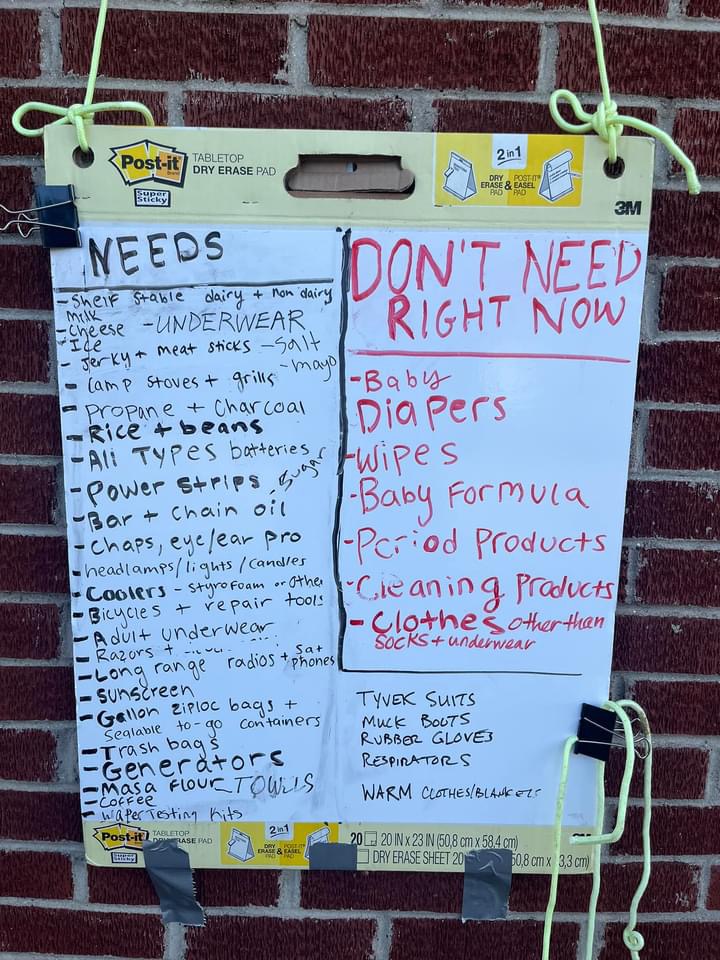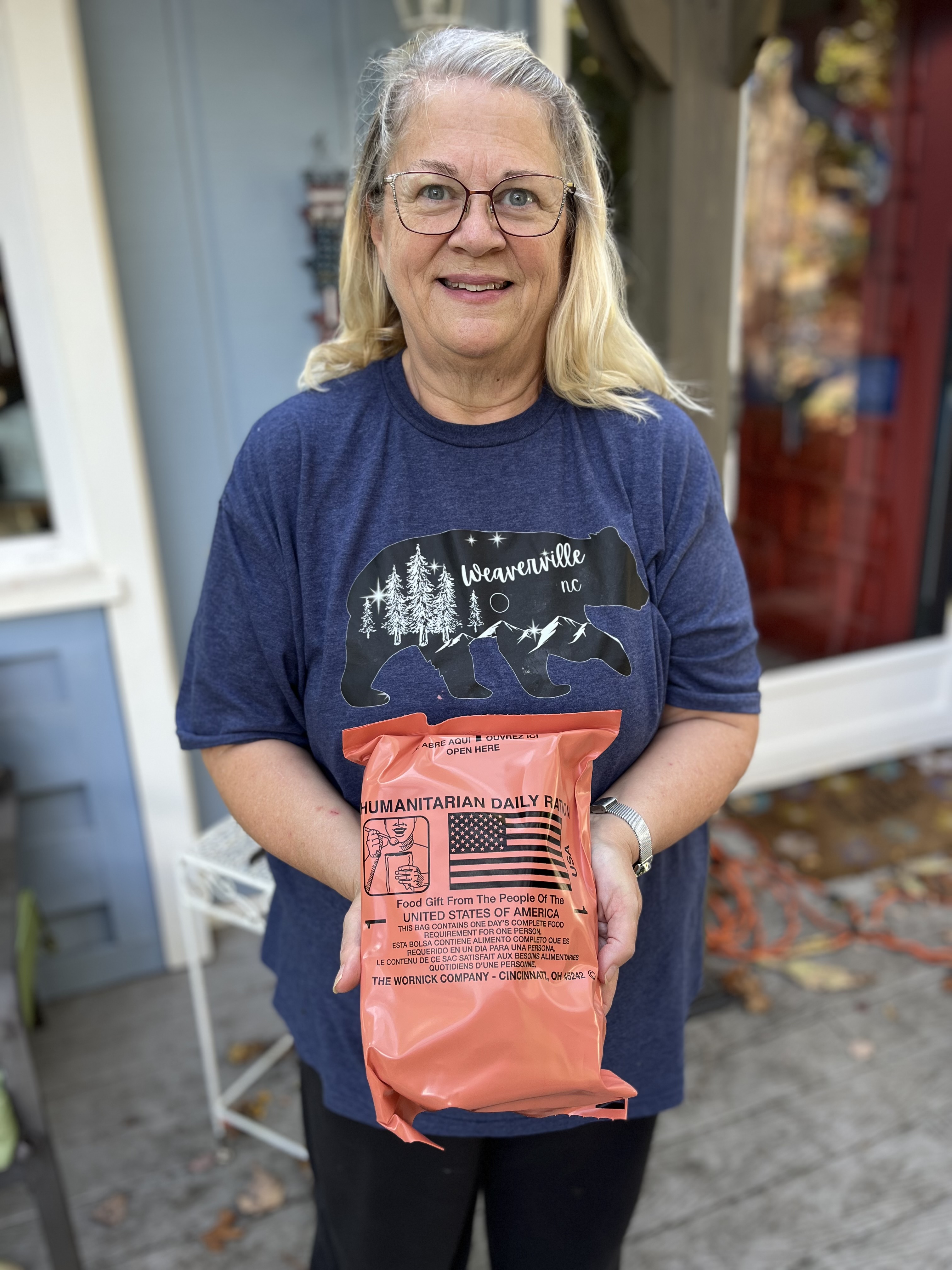Before Hurricane Helene, had you stopped by one of the many breweries, art galleries, or award-winning restaurants in Asheville, North Carolina, and spoken with anyone who lives in these parts — including me — most would have told you they felt pretty safe from climate disasters.
The mountains of western North Carolina have been known to flood: The area is bursting with creeks and rivers and enjoys an abundance of rain. There are occasionally wildfires. But the ravages of the climate crisis’s worst impacts — including increasingly powerful hurricanes — felt like a problem for another place. Asheville sits almost 250 miles from the nearest coastline.
After Hurricane Helene roared across the state, causing historic flooding, downing trees, snapping power lines, decimating water infrastructure, and leading to the deaths of at least 72 people in Buncombe County alone, communities are still shaking off the shock of a storm they never thought could touch these mountains.
“People relocate to Asheville not just because it’s beautiful, but because it isn’t prone to natural disasters,” said Katie Gebely, an artist in Asheville. “But that sense of safety is gone.”
I live in Beech, a historic community in Weaverville, North Carolina, at the eastern end of a two-lane road called Reems Creek, which is named after the waterway running parallel to it. The town of Weaverville, just north of Asheville, is five miles down the road.
Helene’s destruction created a major problem for people dependent on insulin, power wheelchairs, oxygen CPAP machines for sleep apnea, or home dialysis equipment. Without electricity, their health is at risk.
To get to Weaverville from Beech in the days immediately after the storm, cars had to thump over dozens of downed power lines. Other lines were propped up with large, downed tree limbs or tied up with rope so cars could get under them. Utility poles were snapped in two. A transformer lay on the side of the road, as did a rather large boat, washed up from who knows where. Just last week, power crews arrived on Reems Creek Road, but there’s still no word on when everyone will regain electricity.
Jackie Martin of Canton, North Carolina, relies on supplemental oxygen for chronic obstructive pulmonary disease and emphysema. When the storm hit, she had four hours’ worth left. Because of her condition, Martin and her husband, David, have an electrical generator, which David checks every month to make sure it works.
“We keep enough gas to run about eight hours,” Jackie Martin said. But the Martins were without power for nearly a week. When they ran out of gasoline, their neighbors gave them the gas from their lawn mower. Then another neighbor evacuated and offered his propane generator. The Martins’ daughter came through with four tanks of propane.
“We went through tons of gas and propane,” Jackie Martin said. “Never did I think I would need every drop and then some. Thank goodness we got power back after a week.”
In Buncombe County, population 275,000, there were still more than 50,000 customers without electricity almost two weeks after the storm. Duke Energy reported that outages were down to about 1,600 customers in the Asheville area as of Wednesday.

In most places, the debris that littered the road has been cleared. Cars, trucks, and military vehicles can make their way through. But huge piles of trash still line the roadways. Buncombe County is asking residents not to burn it out of concern for air quality.
In a scene out of biblical end-times, yellow jackets swarmed in the days after the storm — displaced after falling trees and floodwaters destroyed their nests. Three or four days after the storm hit, an EMT drove through my neighborhood looking for Benadryl. My husband handed over what we had: a half-full bottle.
Overhead, helicopters fly day and night. The Federal Emergency Management Agency arrived in my neighborhood two Sundays ago to deliver bottled water and food rations. Potable water in some areas of western North Carolina, including Asheville, may take weeks or months to restore.
Weaverville’s residents were under a boil-water advisory until Oct. 11.
“We had sewer and water line breaks,” said Patrick Fitzsimmons, Weaverville’s mayor. “We had a lot of infrastructure destruction.”
Households with wells have fared no better. Well pumps don’t work without electricity. And storm-damaged or flooded wells may be compromised. Officials are urging residents to disinfect their wells before consuming water. The federal Environmental Protection Agency has given residents kits to test their well water.
A physical therapist at Asheville Specialty Hospital, who asked not to be identified out of concern for losing their job, told me that in the first days after the storm, crews hauled trash cans full of water into the facility so that staff could flush toilets with buckets.
“The water got shut off and we managed. We took care of people the best we could,” the therapist said. “But the amount of water that it takes to run a hospital is unsustainable for the length of time they think we’ll be out of water.”
The hospital is a 34-bed long-term acute care facility down the street from Asheville’s Mission Hospital. Nancy Lindell, a spokesperson for Mission Health, which operates both hospitals, said in a statement that fewer than 100 “low acuity patients in stable condition” at the organization’s facilities were transferred “to hospitals outside of the areas hardest hit by this disaster.”
“This decision, which was made in collaboration with more than 50 physicians and nursing leaders, helps ensure we have the capacity to meet the most critical needs of our region,” she said. “It also provides relief for our caregivers, who have been working around the clock in the wake of the storm.”
U.S. Rep. Chuck Edwards, who represents North Carolina’s 11th District, said FEMA has shipped 6 million liters of water and 4 million individual meals to western North Carolina. FEMA has promised 120 truckloads a day of food and water with no specified end date, the Republican congressman said.

The Biden administration has also opened an emergency program for uninsured North Carolinians to replace lost prescriptions and medical equipment.
Fitzsimmons, Weaverville’s mayor, said he’s concerned about the impact of the storm on mental health. “People are going for an extended period of time without power or water,” he said. “Their nerves are frayed.”
Richard Zenn, chief medical officer at North Carolina-based Vaya Health, said the recovery will be long.
“We’re now in the phase where we have to deal with the effects of this ongoing trauma we’ve all suffered,” Zenn said. “Connect with others. Don’t get too isolated. Eat. Sleep. Try to get back into a normal routine. Do whatever reduces stress for you.”
For me, that has always been hiking or running through these ancient mountains. But there are too many uprooted trees to safely do that now. Instead I take solace on my porch and give thanks that I still have a porch to sit on. It’s a near-perfect day in Appalachia. The sky is painfully blue. I listen for the songs of birds, but all I can hear are generators.


